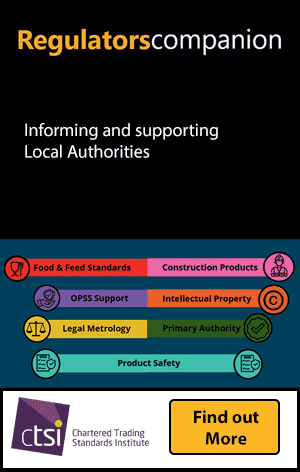Scottish Government
|
|
Child poverty in Scotland falls
UK Government decisions ‘hold back further progress’.
New statistics show that child poverty in Scotland has fallen, in contrast to the rest of the UK.
Annual statistics published today show that compared with the previous year’s statistics, relative child poverty in 2023-24 reduced from 26% to 22% in Scotland while absolute child poverty fell from 23% to 17%. UK Poverty statistics published today show levels of relative child poverty at 31% and absolute child poverty at 26%.
Modelling published today suggests that UK Government policies are "holding back" Scotland’s progress. It estimates the UK Government could reduce relative child poverty by an additional 100,000 children in 2025-26 if it heeded Scottish Government calls to end the two child limit, replicate the Scottish Child Payment in Universal Credit, remove the benefit cap and introduce an essentials guarantee.
This model does not take into account the UK Government’s own impact assessment of its welfare cuts announced yesterday , which states that they will leave an additional 250,000 people, including 50,000 children, in poverty.
Social Justice Secretary Shirley-Anne Somerville said:
“Eradicating child poverty is the Scottish Government’s top priority and we are committed to meeting the 2030 targets unanimously agreed by the Scottish Parliament.
“Our policies are having to work harder than ever to make a difference, against a backdrop of a continuing cost of living crisis, rising energy costs and UK Government decision making. However, we know these policies are working.
“Statistics published today show that, although we have not met the interim child poverty targets, the proportion of children living in relative poverty has reduced and year-on-year rates are now lower than they have been since 2014-15, while the proportion in absolute poverty has also fallen with the annual figure the lowest in 30 years.
"While JRF predict child poverty will rise in other parts of the UK by 2029, they highlight that policies such as our Scottish Child Payment, and our commitment to mitigate the two-child limit, ‘are behind Scotland bucking the trend’.
“But decisions taken by the UK Government are holding us back, and yesterday’s Spring statement will only make things worse. The DWP’s own figures show that proposed welfare cuts will drive 50,000 more children into poverty, which must call into question their commitment to tackling child poverty. I have already written to Work and Pensions Secretary Liz Kendall to seek reassurance about the purpose and direction of the UK Government’s Child Poverty Taskforce. The Taskforce’s credibility has been drastically undermined by the policies announced by the UKG in the past few days.”
Background:
Poverty levels broadly stable over last decade
Child poverty modelling: update
Covering the period until March 2024, child poverty after housing costs (AHC) has been consistently lower in Scotland compared to the UK overall over the last two decades.
- Three-year averages
The latest statistics show that relative child poverty levels in Scotland are six percentage points lower than the UK average – 23% compared to 30% in 2021-24 (31% England, 31% Wales and 24% NI).
- Scottish Government modelling shows that on average, households with children in the poorest 10% of households benefit from the policy package by an estimated £2,600 per year in 2025-26, representing over 20% of their income. This value is projected to grow to an average of £3,700, or nearly 30% of income, by 2029-30.
- The modelling shows that in 2025-26, the relative child poverty rate would be two percentage points lower if the UK Government abolished the two-child limit, representing an additional 20,000 children who would not be in poverty. The impact of replicating the Scottish Child Payment in Universal Credit would likewise be two percentage points (20,000 children), while the impact of introducing an Essentials Guarantee would be four percentage points (40,000 children). The cumulative impact of these changes, plus removing the benefit cap, would be to lower the child poverty rate by an estimated 10 percentage points, representing an additional 100,000 children who would not be in poverty.
Note: Percentage point differences are calculated on unrounded data
Original article link: https://www.gov.scot/news/child-poverty-in-scotland-falls/


